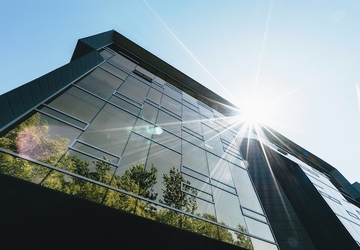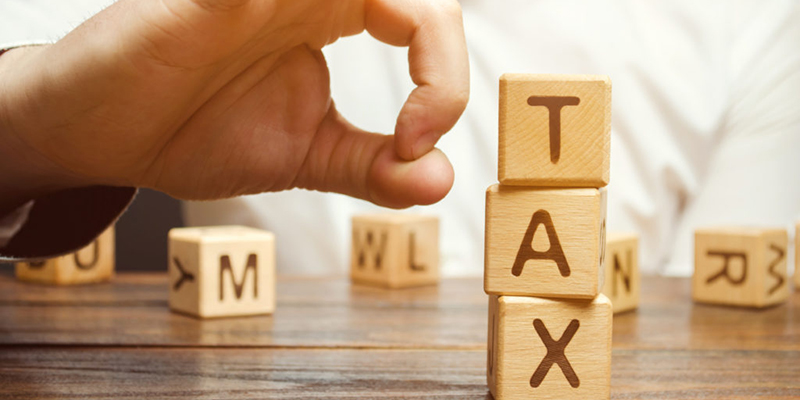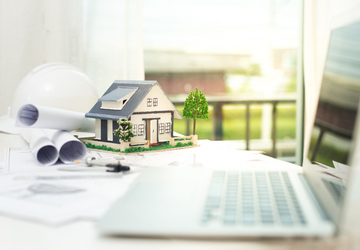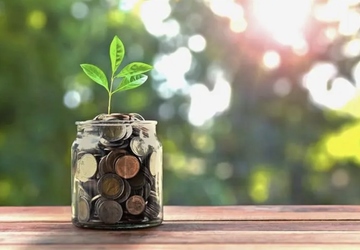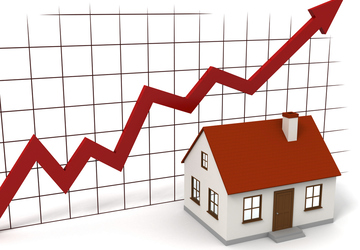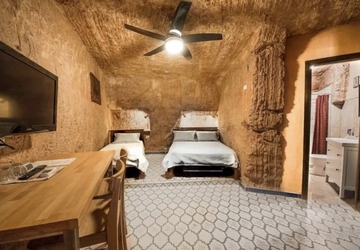Top 10 Reasons You Should Consider Getting Eco-Friendly Home
In today's world, where environmental concerns are paramount, choosing an eco-friendly home isn't just a trend; it's a conscious choice that can have far-reaching positive impacts. Eco-friendly homes are designed sustainably, employing innovative technologies and materials that reduce their environmental footprint.
If you're contemplating a new home or a significant renovation, this article explores the top ten compelling reasons why opting for an eco-friendly home might be one of the wisest decisions you can make.
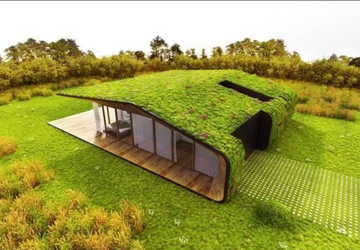
1. Environmentally Conscious Living
Embracing eco-friendly living is an opportunity to align your lifestyle with environmental responsibility. These homes are constructed with a keen focus on minimizing harm to the planet. From their construction processes that reduce waste to their use of renewable energy sources, eco-friendly homes are a testament to your commitment to a greener, healthier Earth.
2. Energy Savings
When you step into the world of eco-friendly homes, you'll quickly discover the remarkable energy savings they offer. These homes have advanced insulation, energy-efficient windows, and appliances that reduce energy consumption. Your utility bills will reflect these eco-conscious choices, allowing you to enjoy comfort and financial savings.
3. Improved Indoor Air Quality
Eco-friendly homes prioritize the well-being of their inhabitants by ensuring superior indoor air quality. With low-VOC paints, adhesives, and carefully selected building materials, these homes emit fewer harmful chemicals into the air. Enhanced ventilation systems maintain fresh, clean air throughout your living spaces, promoting better health and comfort for you and your family.
4. Sustainable Materials
The materials used in the construction of eco-friendly homes are sourced responsibly, favoring sustainable options like reclaimed wood, recycled steel, and bamboo flooring. These materials not only reduce environmental impact but also contribute to the long-term durability and aesthetics of your home.
5. Water Conservation
Water conservation is a crucial aspect of eco-friendly living. These homes employ water-saving features, including low-flow toilets, efficient faucets, and rainwater harvesting systems. By implementing these measures, you contribute to water conservation efforts, lower your water bills, and ensure the sustainable use of this vital resource.
6. Reduced Carbon Footprint
Eco-friendly homes are your ticket to reducing your carbon footprint. Designed with a focus on sustainability, they emit fewer greenhouse gases compared to conventional houses. Features like solar panels, energy-efficient lighting, and geothermal heating and cooling systems help minimize your contribution to climate change.
7. Lower Maintenance Costs
Eco-friendly homes are built to last, reducing maintenance costs over time. Premium materials and energy-efficient systems mean fewer repairs and replacements. Additionally, governments often provide incentives and tax breaks for eco-friendly home improvements, further easing the financial burden of maintenance.
8. Healthier Lifestyle
An eco-friendly home can lead to a healthier lifestyle. The superior indoor air quality, abundant natural lighting, and access to green spaces promote physical and mental well-being. Studies have shown that living in such an environment can reduce stress, boost mood, and enhance overall health and happiness.
This holistic approach to well-being extends beyond the walls of your home, fostering a sense of harmony with the environment and a deeper connection to the world around you.
9. Increased Property Value
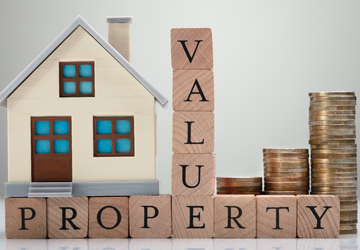
The value of eco-friendly homes tends to increase faster than traditional homes. With a growing awareness of environmental issues, eco-friendly features make your property more appealing to prospective buyers. This can be a significant asset if you decide to sell your home in the future.
Additionally, eco-friendly homes often qualify for green certifications, such as LEED or ENERGY STAR, which can further boost their market value and desirability among environmentally conscious buyers.
10. Setting an Example
Choosing an eco-friendly home isn't just about personal benefits; it's about inspiring positive change. Your decision sends a powerful message to your community and future generations, demonstrating the importance of responsible, sustainable living. Setting this example encourages others to follow suit and contribute to a greener, more sustainable world.
Challenges and Considerations
While the benefits of eco-friendly homes are undeniable, it's essential to be aware of some challenges and considerations that come with this choice.
Initial Cost
One of the primary concerns for many prospective eco-friendly homeowners is the initial cost. Eco-friendly building materials and technologies can be more expensive upfront. However, weighing this cost against the long-term savings on energy bills and potential incentives or tax benefits is essential.
Availability of Eco-Friendly Materials
The availability of eco-friendly building materials can vary by location. In some areas, it may be challenging to source sustainable materials or find contractors experienced in eco-friendly construction. Research and planning are crucial to overcome these challenges.
Energy Efficiency Maintenance
While eco-friendly homes typically require less maintenance, certain energy-efficient technologies, such as solar panels or geothermal heating systems, may require occasional upkeep or repairs. Be prepared for ongoing maintenance to ensure these systems continue to operate efficiently.
Adaptation to New Technologies
Eco-friendly homes often feature advanced technologies like smart thermostats and energy-efficient appliances. It may take some time to adapt to and fully utilize these systems, but the learning curve is worthwhile for the energy savings they provide.
Local Building Codes and Regulations
Local building codes and regulations may impact your ability to incorporate certain eco-friendly features. Researching and ensuring that your eco-friendly plans align with local requirements and obtaining any necessary permits is crucial.
Return on Investment
Consider the length of time you plan to stay in your eco-friendly home. While these homes can offer long-term savings, it's essential to assess the potential return on investment based on your specific circumstances.
Lifestyle Adjustments
Living in an eco-friendly home may require adjusting your daily routines and habits. For example, you might need to be more mindful of energy and water consumption. These changes can take time to become second nature but are integral to maximizing the benefits of eco-friendly living.
Conclusion
Eco-friendly homes are undoubtedly promising for a sustainable and environmentally responsible lifestyle. However, it's crucial to approach this decision with realistic expectations and an awareness of the challenges and considerations involved.
By addressing these factors proactively and staying informed, you can make a well-informed decision that aligns with your values and contributes to a greener, more sustainable future.


